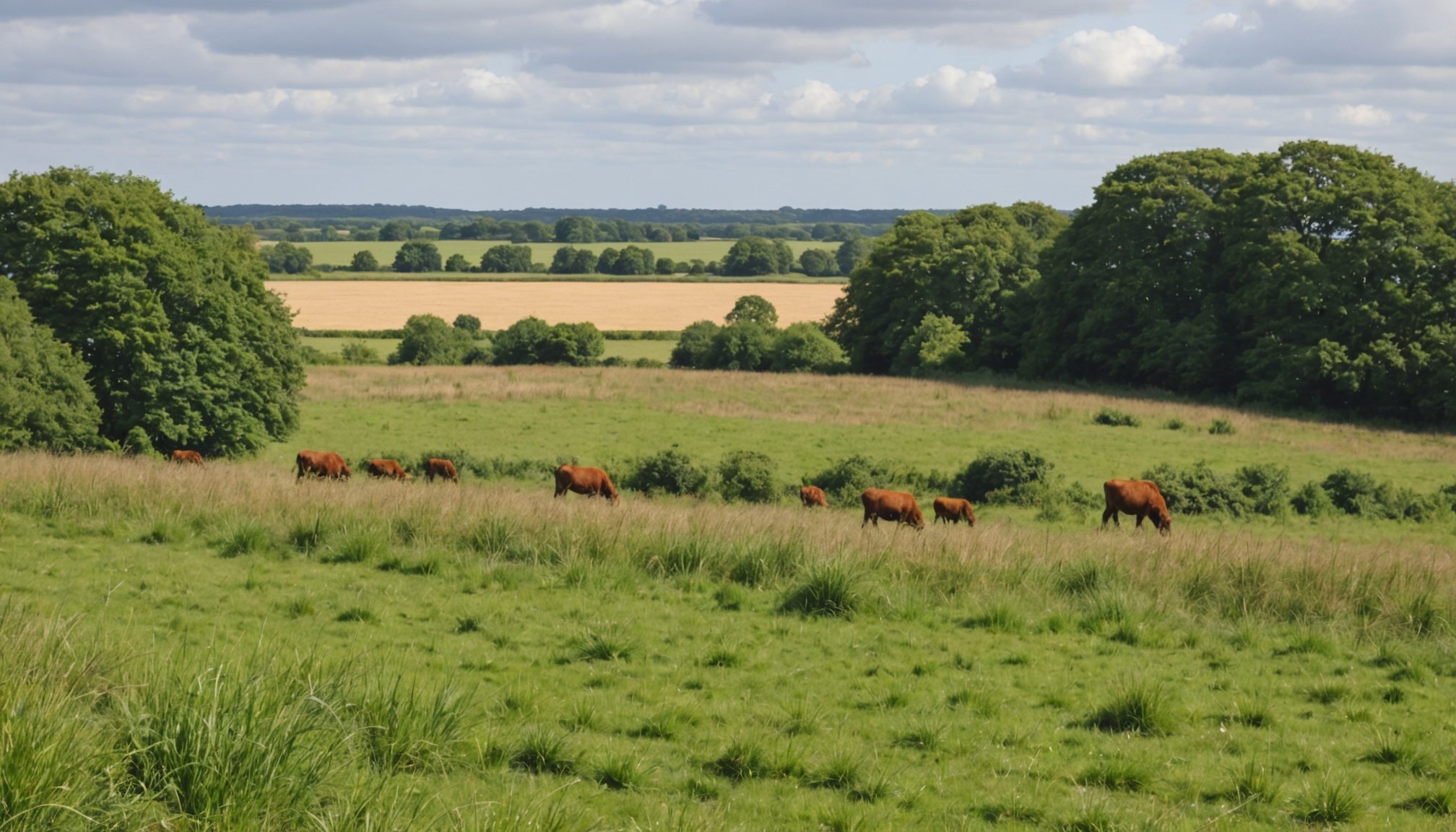Ecological Implications of Development
When examining the ecological impact of property development, it is crucial to consider how wildlife conservation and habitat disruption form a part of this dynamic. One primary concern is the effect on local wildlife habitats. As new developments arise, existing habitats may face significant alteration or complete destruction. This habitat disruption can lead to the displacement of species, some of which may be critically endangered or only found in specific regions.
Case studies provide illuminating insights into this issue. In some regions, thoughtful development has been integrated with wildlife conservation efforts, ensuring minimal ecological impact. Successful projects often involve creating green corridors and incorporating native vegetation, allowing species to thrive despite urban expansion. Conversely, inadequate planning can result in severe consequences, evidenced by dwindling animal populations and loss of biodiversity in areas with misguided developments.
En parallèle : Essential Factors to Assess for Conservation Easement Properties in Shropshire
Long-term ecological consequences also manifest through habitat fragmentation, which isolates species populations. This fragmentation impedes gene flow and reduces biodiversity, making ecosystems less resilient to changes. In turn, affected ecosystems may struggle to adapt to environmental challenges, such as climate change. With informed planning and design, mitigation strategies can support and rejuvenate native habitats, balancing development and conservation.
Legal and Regulatory Frameworks
Navigating the intricate legal regulations is essential for developers in Norfolk, particularly when it concerns wildlife protection. Zoning codes in Norfolk include provisions specifically designed to safeguard natural habitats. These zoning codes ensure that the balance between development and the environment is maintained, demanding rigorous assessments before any land use changes are approved.
Lire également : Navigating Newcastle”s Zoning Regulations: Your Guide to Establishing a Home Office
Developers need to comply with several key legal regulations to proceed with their projects. Environmental impact assessments are a mandatory part of this procedure, ensuring that potential adverse effects on wildlife and their habitats are minimized. These assessments serve as a foundation for understanding and mitigating potential effects on the environment.
Consequences for non-compliance with environmental laws are significant and include hefty fines, project delays, and potential legal action. Such repercussions underline the importance of adhering to regulations and the need for developers to be well-versed in environmental laws. In some cases, non-compliance may even result in the withdrawal of planning permissions, causing severe setbacks for development projects.
Understanding this regulatory framework is crucial for developers who aim to align their practices with legal standards and contribute positively to environmental conservation.
Community Perspectives and Engagement
Understanding community response plays a crucial role in development planning, as local stakeholders significantly impact shaping new projects. By incorporating public opinion, developers can better address resident needs and anticipate potential conflicts. For example, when design plans for urban expansion projects are introduced, engaging with community members can unveil unique insights or concerns that might otherwise be overlooked.
When examining cases of public opposition or support, it becomes clear that stakeholder involvement can greatly influence the trajectory of a project. Community feedback often highlights issues like environmental impact, property values, and cultural preservation. Active participation from residents can lead to successful negotiations that balance developer goals with community values.
For instance, in a scenario where a proposed development project sparked public debate, successful adjustments were made due to well-organised community engagement efforts. These efforts led to improved environmental sustainability measures and increased local support. Such examples vividly illustrate the power of aligned interests guiding decisions for mutual benefit.
Community involvement not only aids developers in refining their projects but also empowers residents, fostering a sense of ownership and trust. Balancing these factors is essential for achieving harmonious development that respects both the ambitions of developers and the wishes of the community.
Environmental Assessments and Their Importance
Evaluating potential effects of any project on the environment is crucial, and this is where environmental assessments come into play. These assessments are vital in the pursuit of sustainable development, ensuring potential harm to ecosystems is minimized. They provide a comprehensive understanding of the ecological footprint of proposed developments, allowing stakeholders to make informed decisions.
Impact studies are a key component of environmental assessments. They methodically document and analyse how a proposed development might affect air quality, water resources, wildlife, and overall ecological integrity. Current methodologies focus on both qualitative and quantitative data, yet experts argue for more integration of local community insights and advanced predictive tools to enhance accuracy.
To improve these studies, a few recommendations have been made. First, incorporating cutting-edge technology such as geographic information systems (GIS) can significantly increase precision. Second, standardised guidelines that promote transparency and public involvement will foster more robust assessments. Third, continuous monitoring and post-project analysis are essential to adapt strategies as necessary.
Sustainable development relies heavily on the effectiveness of environmental assessments. By methodically addressing potential impacts, these studies not only safeguard natural resources but also support ethical growth and prosperity for future generations.
Balancing Development with Conservation Efforts
Incorporating sustainable development into building practices is vital. Developers can adopt several strategies that align with conservation goals. A primary approach involves carefully assessing the ecological impact before initiating projects. By doing so, they ensure that development does not compromise wildlife preservation.
Innovative Approaches
Examples of innovative approaches illustrate how growth and conservation coexist. For instance, green roofs provide insulation and create habitats for urban wildlife. Additionally, mixed-use developments reduce the need for extensive land clearing by combining residential, commercial, and recreational spaces in a single area, fostering efficient land use.
Role of Non-Governmental Organizations
Non-governmental organizations (NGOs) play a crucial role in balancing development with conservation. They often facilitate partnerships between developers and local communities, leading to informed decision-making. By focusing on areas like adaptive conservation strategies, NGOs mitigate environmental risks, ensuring that activities contribute positively to regional sustainability efforts.
By engaging with both local authorities and conservation specialists, developers can implement development practices that protect natural habitats. Educating stakeholders about the importance of conservation and involving them in project plans transform potential conflicts into collaborative initiatives. Together, these tactics support both economic growth and the safeguarding of biodiverse ecosystems.











